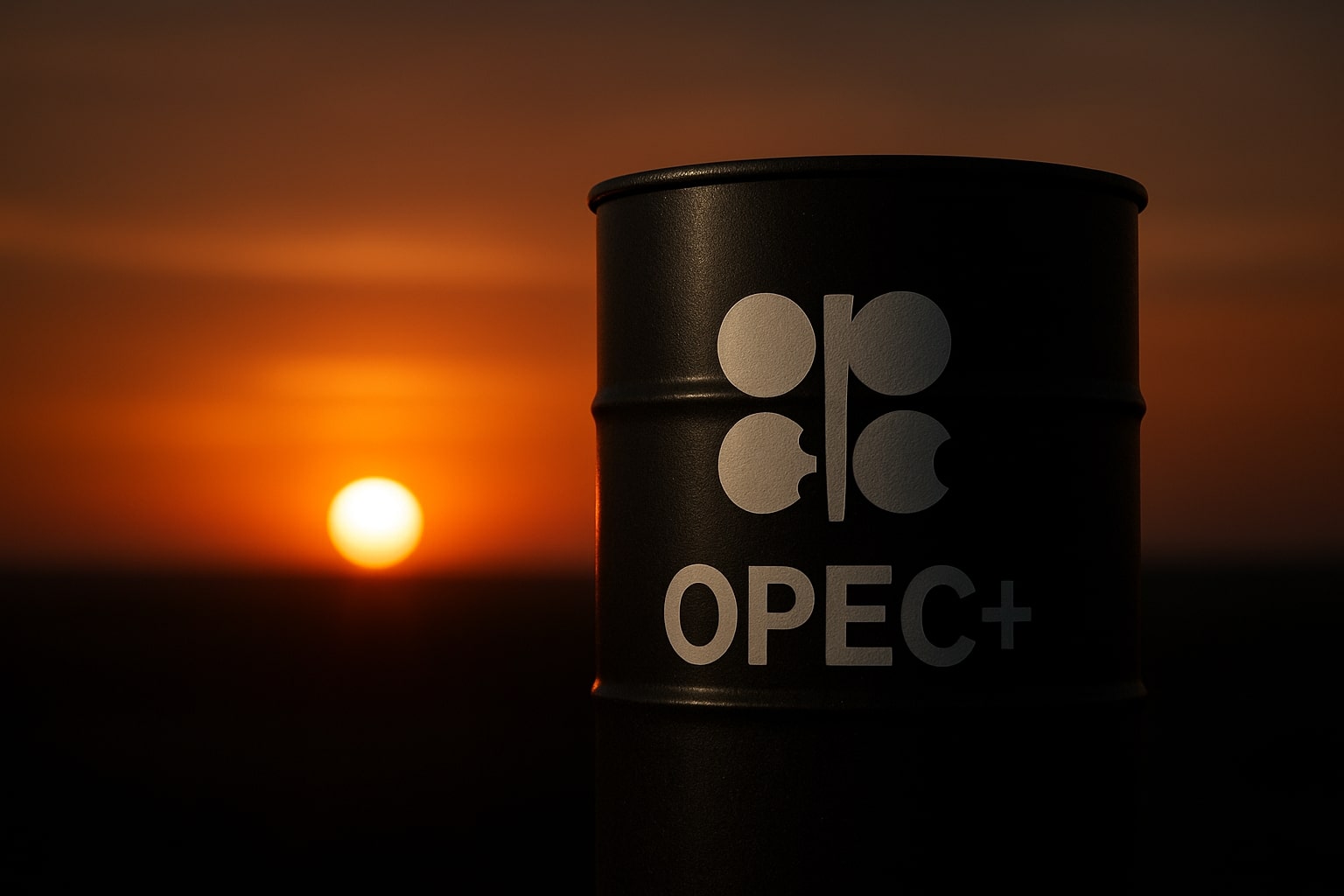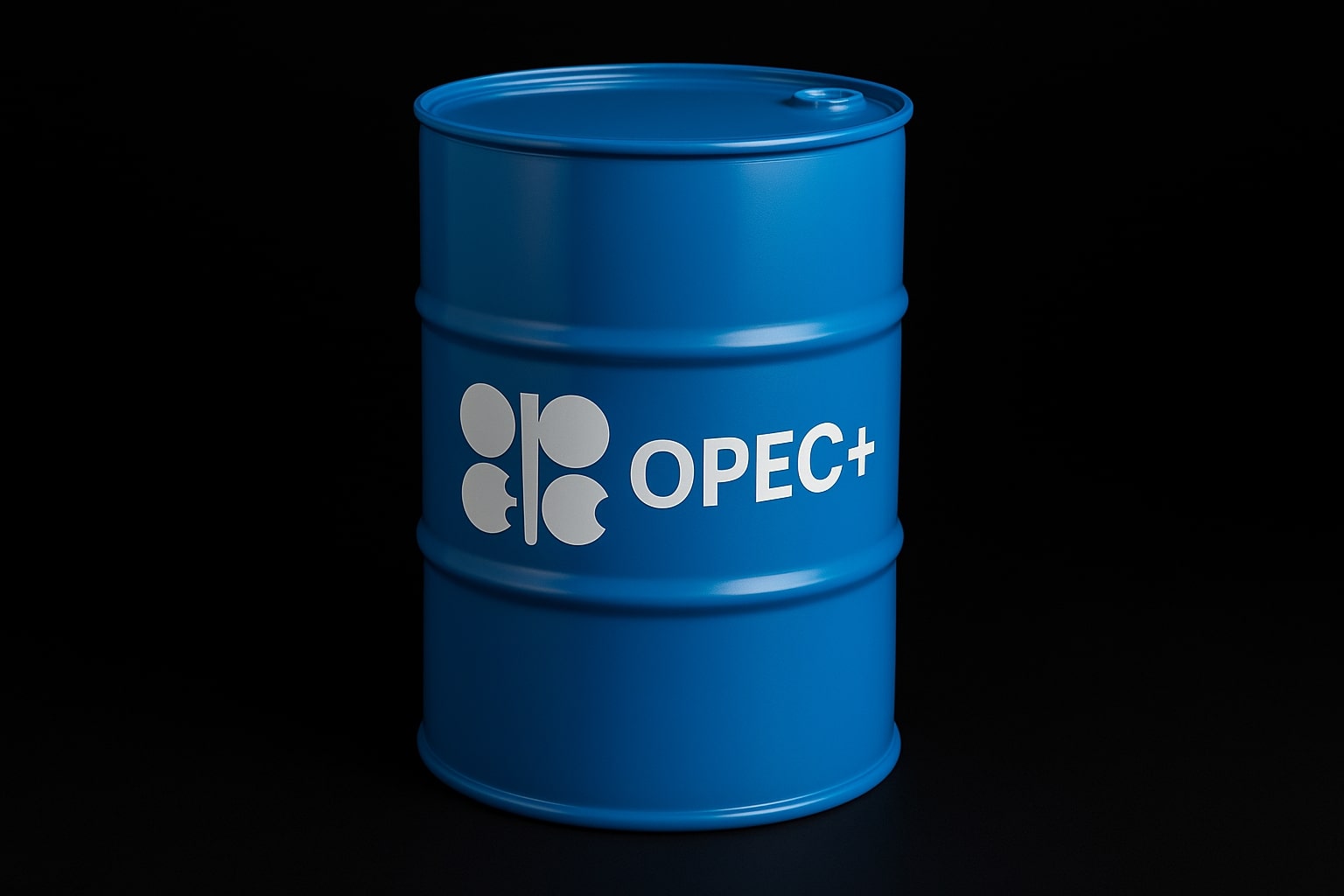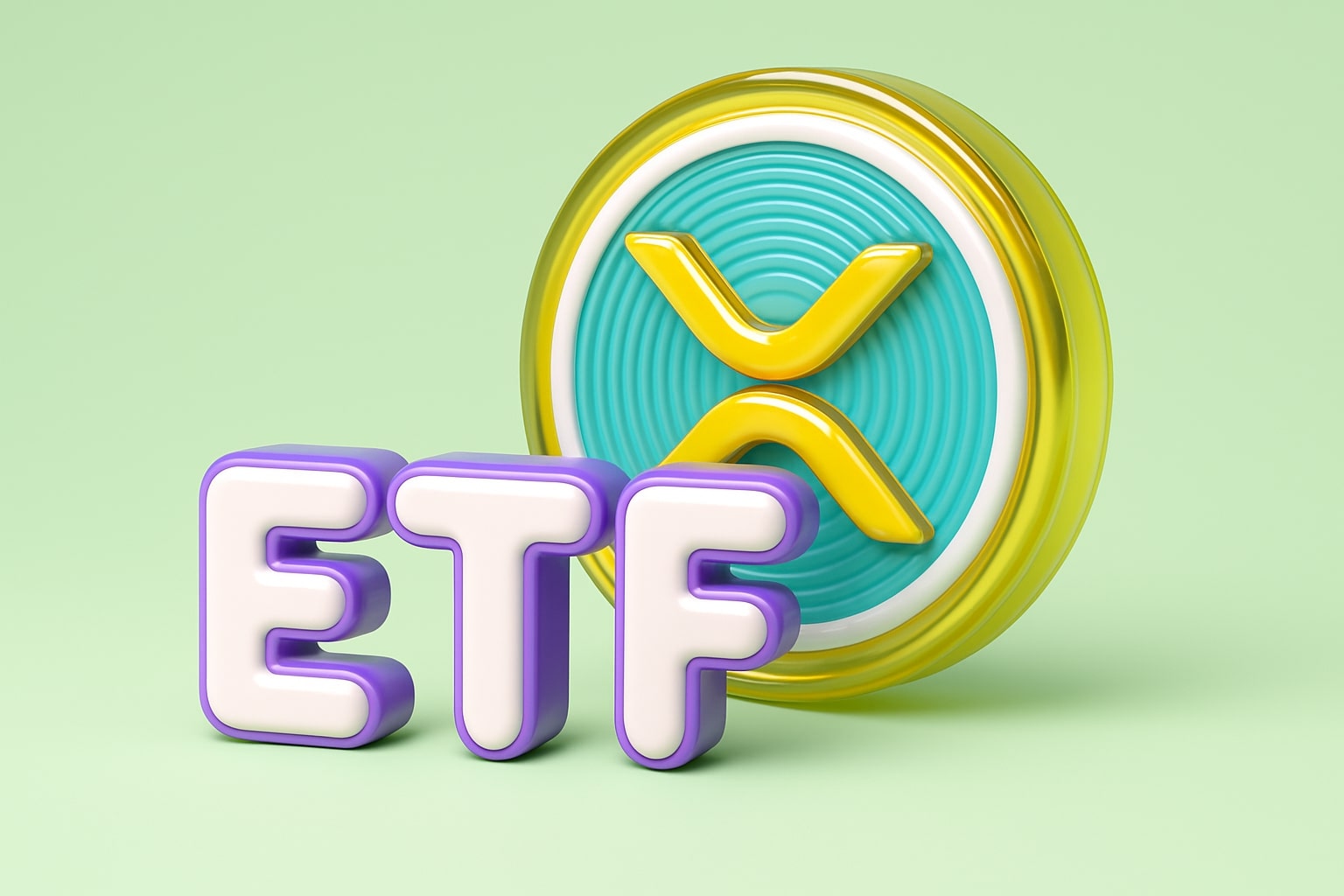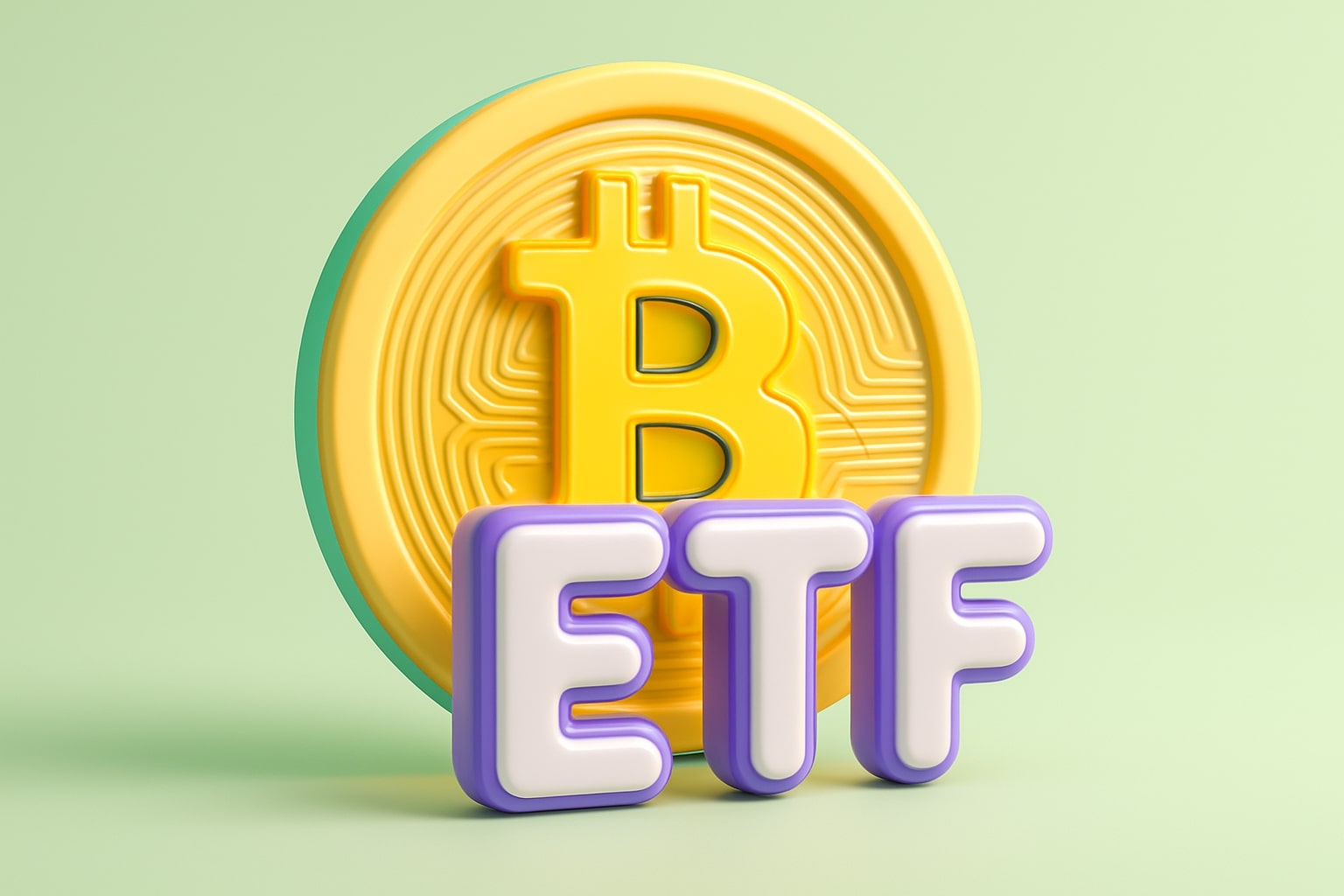
WTI Holds $60—Could This Be Oil’s Next Big Jump Before Summer Demand Soars?
With Brent steady at $63 and OPEC+ set to decide on output, is crude ready to bounce? Indian growth and U.S. fuel demand may ignite a surprise rally | That's TradingNEWS
Oil Prices Struggle as OPEC+ Supply Strategy Collides with Demand Uncertainty
WTI (CL=F) and Brent (BZ=F) Drift Near Support as OPEC+ Considers Further Output Boost
Crude benchmarks continued their downward grind this week, with West Texas Intermediate (CL=F) slipping to $60.67 per barrel and Brent (BZ=F) tracking lower to $63.84. Despite dipping modestly on Friday, the losses cap a second consecutive week of declines as markets digest the growing probability of a 411,000 bpd production increase from OPEC+ in July, a move that could further swell an already bloated supply landscape. Brent’s more liquid August contract also dropped 0.5% to $63.02, signaling persistent bearish bias in forward pricing curves.
The OPEC+ gathering this weekend looms large. Markets are bracing for confirmation that Saudi Arabia and its Gulf allies will resume adding barrels, particularly after Kazakhstan flatly refused to restrain output, suggesting internal cracks within the cartel. Analysts from ING expect the group to maintain pressure to protect market share rather than support prices—a signal that price defense is no longer a central strategy.
Technical Outlook for WTI: Neutral Bias, Limited Momentum Above $62.59
WTI continues to drift inside a well-defined channel, boxed between $64.40 resistance and $54.01 support, with $62.59 as a critical pivot. A break above $62.59 would open a path toward $64.40, but momentum has consistently failed to materialize. The short-term pivot sits at $59.20, and any breach below that would likely accelerate downside targeting $54.83 and beyond. Price action this week underscores the market’s indecision: a strong crude inventory draw of 2.8 million barrels did little to lift sentiment, and buyers retreated quickly into Friday’s close.
India Overtakes China in Demand Growth But Lacks Scale to Offset China’s Slowdown
India has emerged as the new leader in global oil demand growth, with OPEC estimating a 3.4% increase in 2025, translating to 246,000 bpd in additional demand, compared to China’s more muted 1.5% rise. Yet the absolute scale remains a concern: India consumes just 6 million bpd, versus China’s 16 million bpd, meaning even robust Indian growth can't counter China’s structural slowdown.
Chinese consumption is being eroded by electric vehicle adoption, LNG-fueled transport, and a shaky real estate sector. The Big Star supertanker, loaded with Russia’s ESPO crude, has been anchored off Taiwan for over a week—an anomaly that traders say underscores weakening Chinese refinery demand and hesitancy due to secondary sanctions risk.
India’s Refining Shifts Redraw Diesel Trade Maps, Pressuring Asian Margins
India’s export activity underscores broader shifts. In May, India exported 4.47 million barrels of diesel to Southeast Asia, its highest in four years. The surge is driven by stronger margins and lower shipping costs on eastbound routes, while exports to Europe fell to 500,000 metric tons. As monsoon season nears, domestic demand will soften, paving the way for even more exports, particularly to markets like Singapore and Malaysia. However, this surge is now compressing refining margins in Asia while supporting European diesel premiums, which are rallying due to tighter supply.
On the crude side, Indian imports from Russia have surged to 1.8 million bpd, a 10-month high. This recovery reflects broader workaround strategies post-U.S. sanctions, with non-sanctioned vessels playing a growing role in routing Russian barrels east.
Sanctions, Venezuela, and Iran: Policy Overhang Keeps Volatility on Edge
U.S. foreign policy continues to play a destabilizing role. The Biden administration extended Chevron’s production license in Venezuela but simultaneously barred oil exports, removing 290,000 bpd from global flows. Meanwhile, Iran has hinted at pausing uranium enrichment if the U.S. unfreezes blocked funds—an overture that would likely recalibrate oil diplomacy and raise the odds of supply normalization.
However, the recent pause on Trump-era tariff reversal following a federal appeal highlights a broader geopolitical fog. Tariffs remain a risk factor with U.S.-China trade friction still unresolved, and President Trump’s “Liberation Day” duties have already weighed on crude pricing by over 10% since April 2.
Inventory Trends Point Bullish—But Market Remains Fixated on Supply Signals
Despite a substantial 2.8 million barrel draw in U.S. crude inventories, coupled with gasoline demand climbing to 9.45 million bpd, crude prices failed to rally. Distillate stocks fell to their lowest levels since 2005, signaling tight refined product markets. Yet without confirmation of OPEC+ restraint or a shift in sanctions, traders remain unwilling to commit.
Analysts at JPMorgan flagged a 2.2 million bpd global surplus, projecting a soft glide path for Brent into the high $50s by year-end unless the cartel reins in supply. Market surveys now peg 2025 Brent average at $66.98, down from April’s $68.98. WTI is projected to average $63.35, below April’s $65.08 forecast. These forecasts suggest the current bearish undertone is being priced in well ahead of fundamentals.
Russia, Canada, and Middle East Risks Simmer Without Market Reaction
Beyond policy, physical supply risks remain underappreciated. Canadian wildfires continue to disrupt Alberta operations, while Russian exports face mounting threats of additional sanctions tied to its war in Ukraine. Analysts note that while sanction risk on Russian oil is priced in, a sudden escalation or enforcement surge could tighten supply overnight. Yet markets remain in a holding pattern, awaiting action rather than reacting to potential.
Crude Outlook: Traders Demand a Catalyst as Summer Driving Season Begins
The coming weeks will be pivotal. ING expects up to 700,000 bpd of demand surplus between May and August, driven by U.S. driving seasonality and Asian summer demand. But without a decisive supply shift from OPEC+, or a disruption event, prices are unlikely to escape the current $59.20–$62.59 trap. The bias remains neutral-to-bearish until clarity emerges.
Verdict: HOLD (For Now) as Market Lacks Catalyst to Sustain Trend Shift
With WTI trading just above its minor pivot at $59.20 and unable to reclaim the $62.59 resistance, momentum is stale. The expected 411,000 bpd OPEC+ hike for July will likely extend bearish pressure. Meanwhile, demand optimism from India is real but insufficient in magnitude. Policy fog from Washington, slow Chinese demand, and unconfirmed supply disruptions leave the market adrift.
Until a definitive geopolitical or cartel-driven jolt materializes, this is a HOLD. Risk tilts downward unless Saudi Arabia or OPEC+ signals deeper cuts or the U.S. relaxes pressure on sanctioned flows. Traders should brace for short bursts of volatility—but don’t expect a breakout without a firestarter.
That's TradingNEWS
Read More
-
BITQ ETF Soars 66.55% as Bitcoin Blasts Past $124,000 — Crypto Equities Lead 2025 Rally
13.10.2025 · TradingNEWS ArchiveStocks
-
XRP ETFs XRPR, XRPI Slip as Ripple XRP-USD Holds $2.62 — SEC Fast-Track Could Ignite $20B
13.10.2025 · TradingNEWS ArchiveCrypto
-
Natural Gas Price Forecast - NG=F Steadies at $3.00 as U.S. Export Boom Tests Old Fields
13.10.2025 · TradingNEWS ArchiveCommodities
-
USD/JPY Price Forecast - Dollar to Yen Climbs to ¥152.28 as Japan’s Political Shakeup
13.10.2025 · TradingNEWS ArchiveForex



















